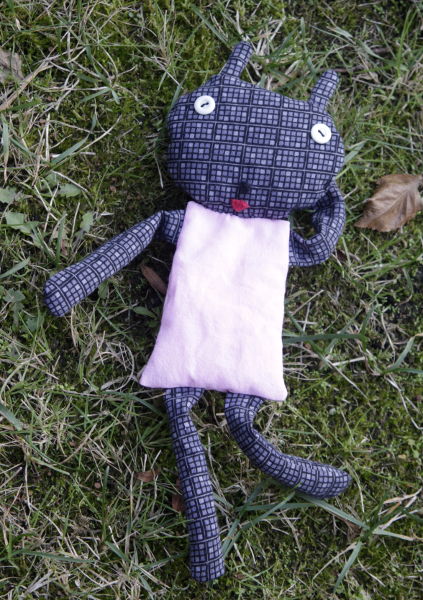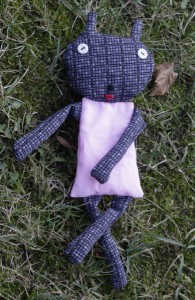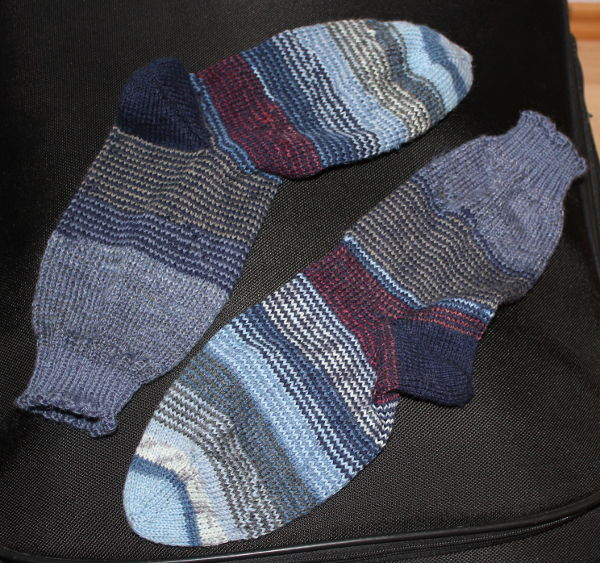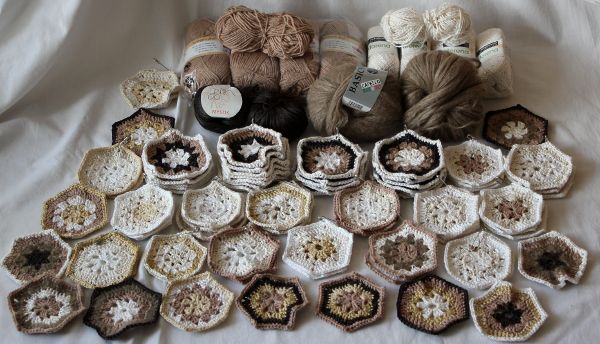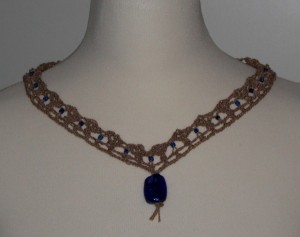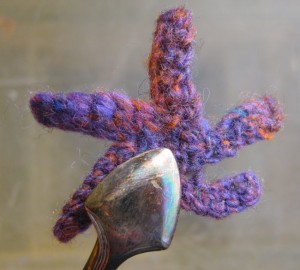Cardito III
Aller guten Dinge sind drei und somit kann ich nun “Cardito” präsentieren. Meinen kleinen Kumpel der meine Kredit-, Bank- und vor allem sonstige Kundenkarten für mich herumträgt und in Ordnung hält.
 In German we have a saying about the third try that works out (not sure if that can be translated in English) and so I present “Cardito”. My little buddy who carries around all my credit and banking and whatever club/ adherence/ membership/… cards and takes care that they have a place where I can find them easily.
In German we have a saying about the third try that works out (not sure if that can be translated in English) and so I present “Cardito”. My little buddy who carries around all my credit and banking and whatever club/ adherence/ membership/… cards and takes care that they have a place where I can find them easily.
Von außen ist der Unterschied zu den ersten beiden Versionen nicht sichtbar. Kein Wunder, denn ich habe Reste von immer noch dem selben Stoff verwendet und war mit dem Design ja auch zufrieden. Allerdings ist mir der etwas steife graue Velours den ich für eine Innenlage verwendet habe ausgegangen, deswegen hat die äußerste Schicht der Hülle jetzt ein wenig leichte Bügeleinlage bekommen.
From the outside there is no big difference to the first two versions. No surprise, because I am still using the remnants of the very same fabrics and the design was okay for me from the beginning. But the slightly stiff gray velour I had used for one of the inner layers isn’t big enough so I had to exchange it for another fabric. To give my purse enough “body” I fused a very lightweight interfacing to the shell.
 Innen sind die Änderungen nicht dramatisch, aber für mich spürbar. (Wer genau hinsieht erkennt, daß der in der Mitte sichtbare Stoff nicht mehr uni sondern gemustert ist. Das war da, wo der andere aus war.) Dafür bin ich für die Kartenfächer wieder zum Venezia Futtertaft zurückgekehrt.
Innen sind die Änderungen nicht dramatisch, aber für mich spürbar. (Wer genau hinsieht erkennt, daß der in der Mitte sichtbare Stoff nicht mehr uni sondern gemustert ist. Das war da, wo der andere aus war.) Dafür bin ich für die Kartenfächer wieder zum Venezia Futtertaft zurückgekehrt.
The changes inside are not dramatic, but they make a difference for me. (If you give it a sharp look you might see that the fabric visible between the card slots has a pattern now, that’s where I run out of the other fabric.) To make the card slots I returned to my first attempt, using Venezia lining fabric.
Es sind jetzt sieben Kartenfächer auf jeder Seite, die unterste Karte geht relativ weit zum unteren Rand runter, so daß das Etui seine Stabilität behält.Die Kartenfächer sind tief genug, um die Karten nicht zu verlieren.
Now I have seven card slots on each side and the lowest slot is close enough to the bottom to help the purse to hold its shape. The slots are now deep enough to hold the cards securely.
Man könnte noch perfektionieren und die Faltung für die Karten unten anfangen zu lassen, wegen der Stabilität und dann die Abstände zwischen den einzelnen Fächern noch etwas vergrößern, damit weniger Stofflagen aufeinander kommen. Aber so wie es ist funktioniert es für mich und erfüllt seinen Zweck. Also bleibt es. Drei Mal reicht. Außerdem ist diese Borte von Kafka jetzt aus… (Und was ich immer noch nicht rausgefunden habe ist, wie man den Futterstoff wirklich sauber bügelt, ohne daß er sich immer wieder verzieht. Ihn sofort nach dem Bügeln zu heften ist nicht eine der dümmsten Ideen, aber hält ihn auch nicht perfekt grade. Und direkt beim Bügeln jede Falte sofort festnähen vergrößerte irgendwie die Abstände zwischen den Fächern…)
It is not perfect yet. One could start the slots on the bottom and space them a little further apart to reduce bulk. But it works for me the way it is, so that’s what I’ll keep. Three times the same thing is enough. (Also I have none of that Kafka braid left… (What I did not find out yet is how to press the folds for the card slots in the thin lining fabric without them coming off more or less. I tried hand basting directly after pressing which did help, but only partially. Then I tried to baste every fold directly after sewing it, which wasn’t bad either but somehow the slots got spaced apart a little more that way…)
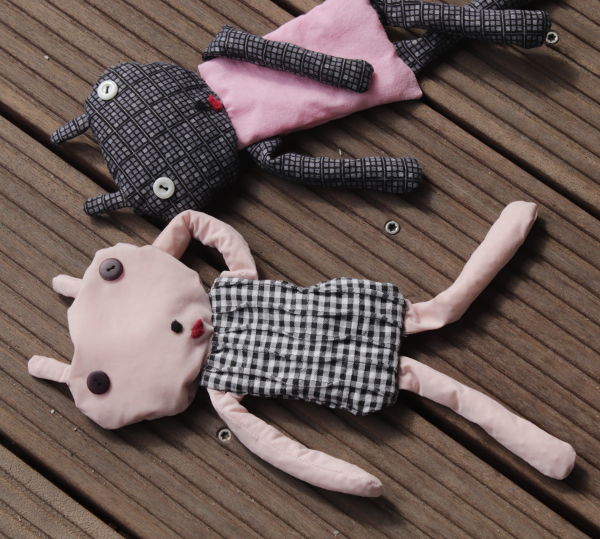 Vor etwa zwei Jahren, hatte ich schon mal so ein Faulenzerpüppchen genäht. Jetzt habe ich beschlossen, daß Abhängen doch besser zu zweit geht und habe noch einen Kumpel gemacht. Diesmal aus den Resten vom Dessousstoff.
Vor etwa zwei Jahren, hatte ich schon mal so ein Faulenzerpüppchen genäht. Jetzt habe ich beschlossen, daß Abhängen doch besser zu zweit geht und habe noch einen Kumpel gemacht. Diesmal aus den Resten vom Dessousstoff.
